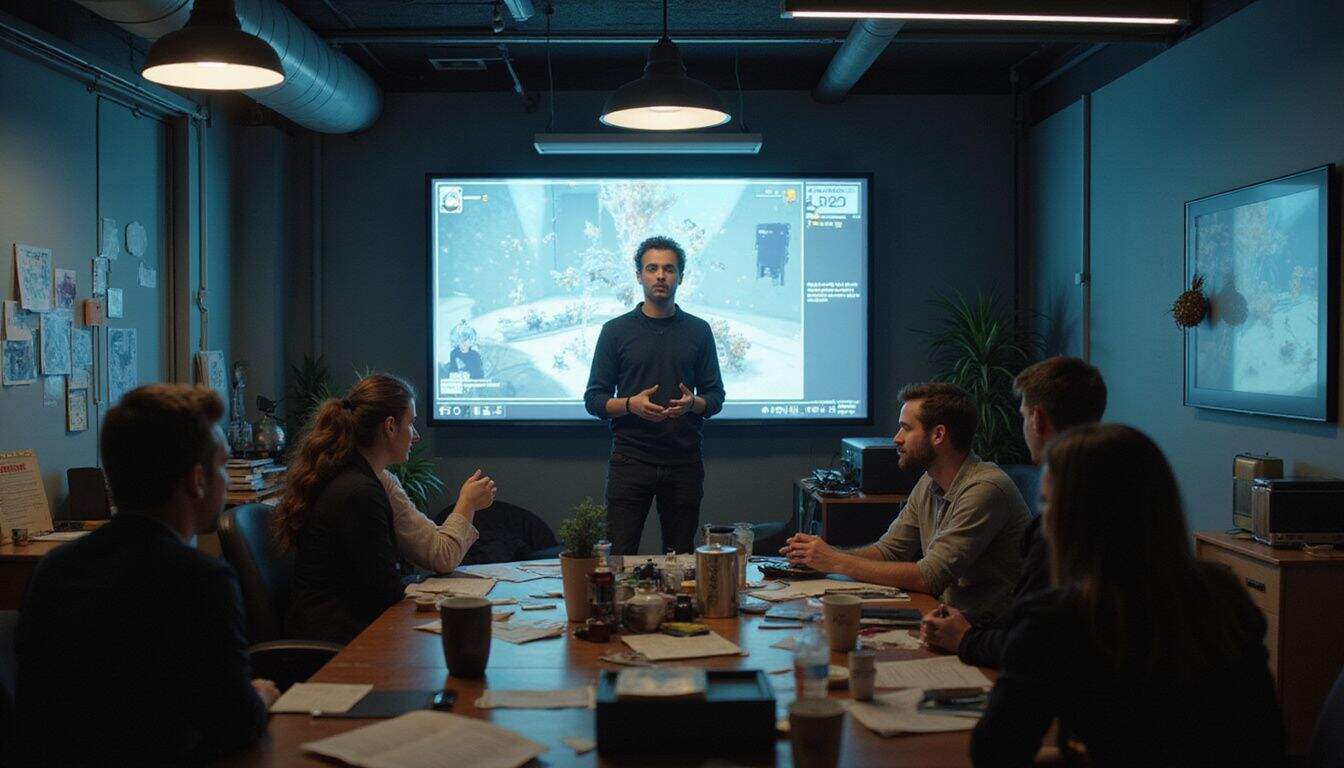Do you have a cool indie game idea, but no clue how to get funding for game development? Many indie games can cost from $10,000 up to over $500,000 to develop. This post lays out four clear steps—from building your pitch deck and prototype, to choosing the right funding options like crowdfunding campaigns or venture capital firms—to help your project get off the ground.
Read on and learn how to score big for your dream game!
Key Takeaways
Making a game can cost anywhere from $10,000 to over $500,000—and for indie developers, team salaries alone usually eat up 60% to 70% of that budget.
Before approaching investors, build a firm prototype that clearly demonstrates your core gameplay in action; investors prefer proof your concept really works over pretty graphics alone.
Funds for your project can come from various places—crowdfunding sites such as Kickstarter, grants from organizations like the UK Games Fund, publisher agreements, or venture capital from firms like Kowloon Nights.
Pull together a compelling pitch deck that highlights your game’s special features, detailed market analysis, your team’s talents and backgrounds, and clear financial plans to win investor confidence.
Connect with your audience early via Discord and social media; this connection can boost your funding campaign’s chances by about 30%, creating dedicated fans who happily share your project with others.
Table of Contents
Understanding Game Development Costs
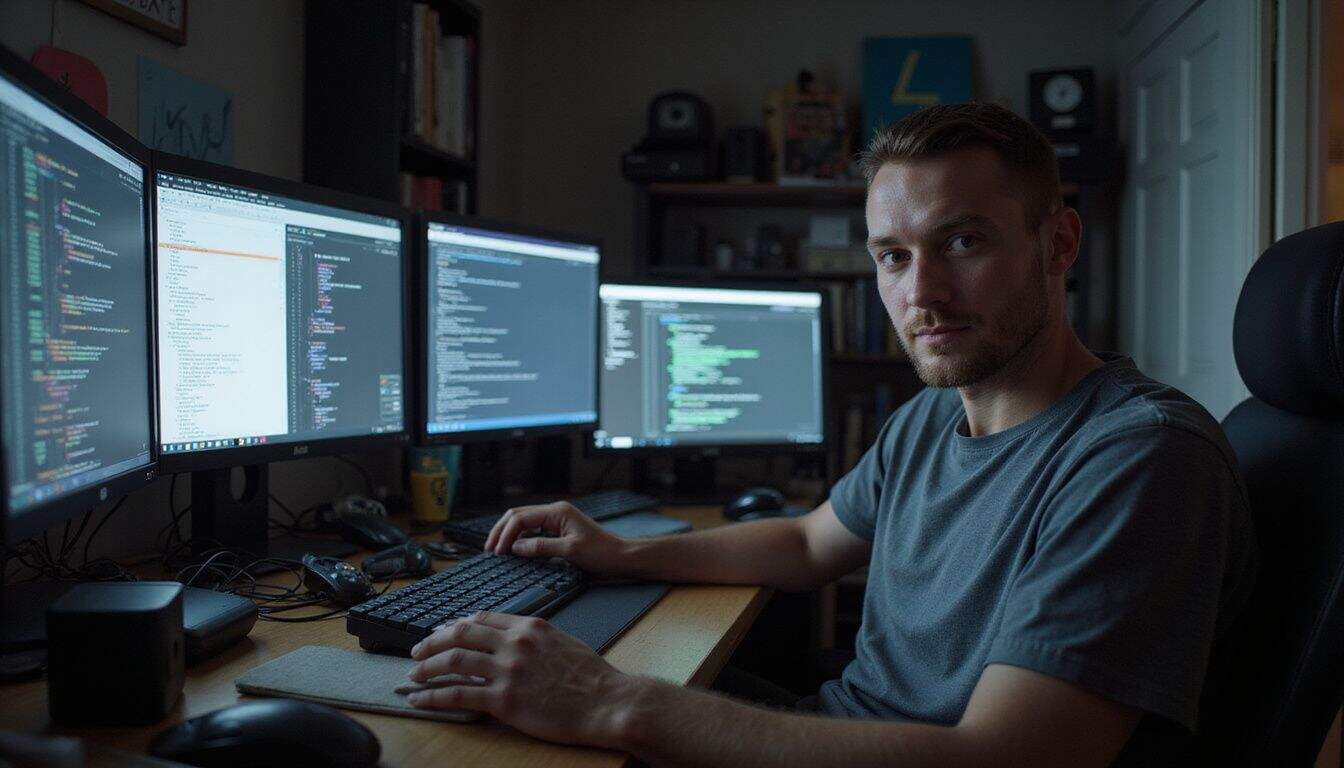
Game development costs can shock new creators with their steep price tags. You need to plan for team salaries, software licenses, and marketing expenses before you start your journey.
Development Team Expenses

Your team usually accounts for the largest part of your gaming budget. Experienced developers typically earn anywhere from $20,000 to over $150,000 per year—depending on the team’s size and individual expertise.
According to Soft2Bet Invest, a firm focused on iGaming investments, salaries alone often consume around 60-70% of total funding for indie game projects.
Costs differ significantly according to team roles, with programmers, artists, designers, and sound engineers each falling under separate pay ranges. Many indie studios trim costs by having team members handle several roles at once.
The most valuable asset in game development isn’t your code or art – it’s your people.
Smaller indie teams can save money, but development usually takes longer. Outsourcing tasks such as creating music or handling 3D models can be a smart way to maintain both quality standards and budget limits.
Some teams decide on profit-sharing agreements, reducing immediate salary expenses and offering the team members a share in future profits. Clearly planning staffing needs from the start prevents surprise costs—avoiding financial setbacks that could stop your project before launch.
Software, Tools, and Assets
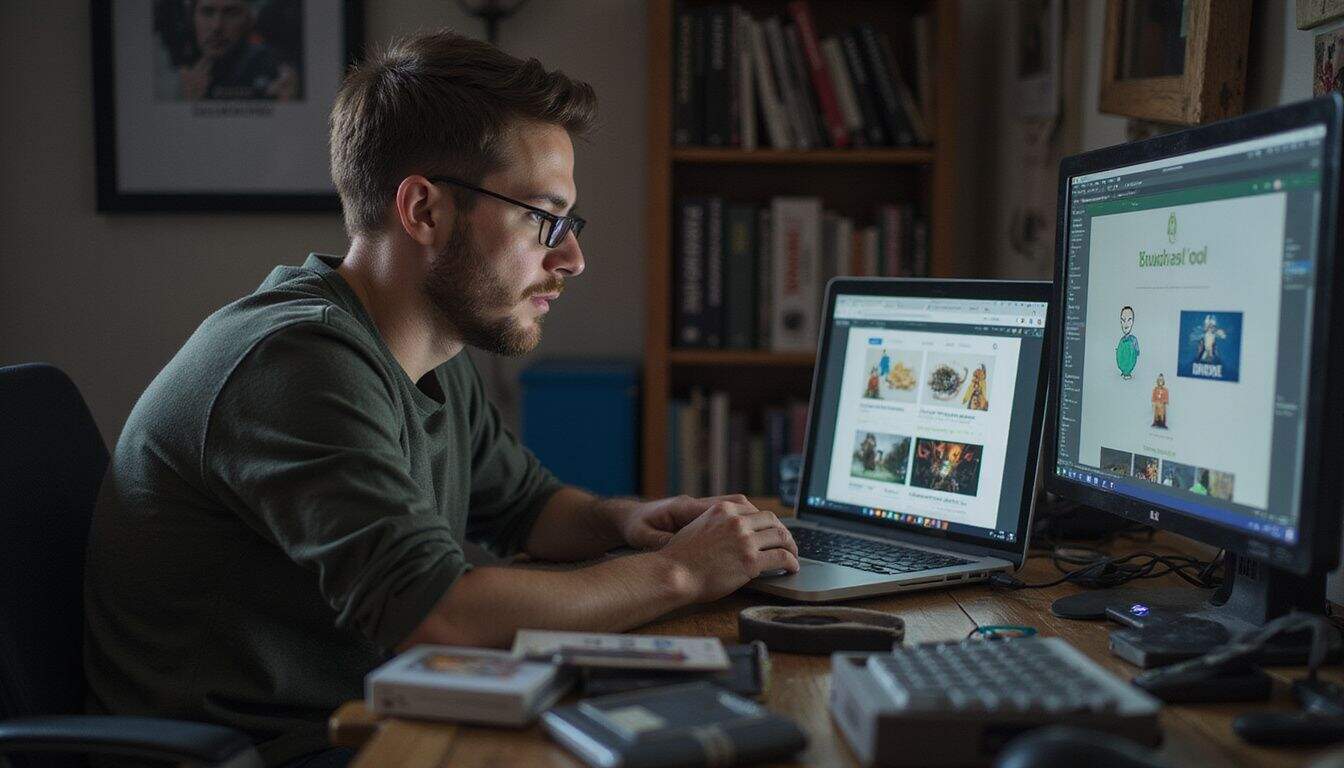
After assembling a solid development team, you’ll want room in your budget for essential digital tools. Game development software pricing runs across a wide spectrum. Game engine options include free solutions—like Unity, which sets revenue caps—or premium licensing plans costing thousands of dollars.
Indie game developers typically spend between $5,000 and $50,000 simply for art assets. That money covers essential elements: from characters and animations, to environments, sound effects, and all those extras that give your game personality.
Total expenses for digital tools hinge completely on the game’s size and detail. A straightforward indie game could require as little as $10,000 for software and art. More ambitious developments—with detailed visuals, custom-built features, and complex interactions—may push budgets above $500,000.
Many indie creators reduce expenses through online asset stores. These marketplaces offer pre-designed visuals, animations, and game-ready code for significantly less than fully custom-made pieces.
Sensible financial planning makes a huge difference. Clearly outline which assets to create internally, and what to acquire from external resources. A balanced approach keeps expenses manageable and allows you to craft something original, even within today’s competitive gaming market.
Marketing and Distribution

Promoting your game costs real dollars—anywhere from around $2,000 for small indie releases to $50,000 or even more for bigger projects. You’ll spend money on social media ads, setting up convention booths, and reaching out to gaming media.
Indie developers sometimes overlook these costs, realizing too late they’ve drained their budget. Each day, the gaming market becomes more crowded, and standing out gets tougher without proper funding.
Platforms like Steam typically claim about 30% of your game’s sales revenue. Right from launch day, this fee affects your profits and planning. Smart indie devs factor in both marketing expenses and platform deductions from the start.
Having a solid marketing strategy helps your game shine amid thousands of new titles hitting the market each year. Early access programs can also boost your cash flow—plus give you valuable feedback directly from players before the game’s full release.
Popular Game Funding Methods

Game makers have more funding options today than ever before. Money can come from many sources with different terms and expectations for your project.
Crowdfunding Platforms
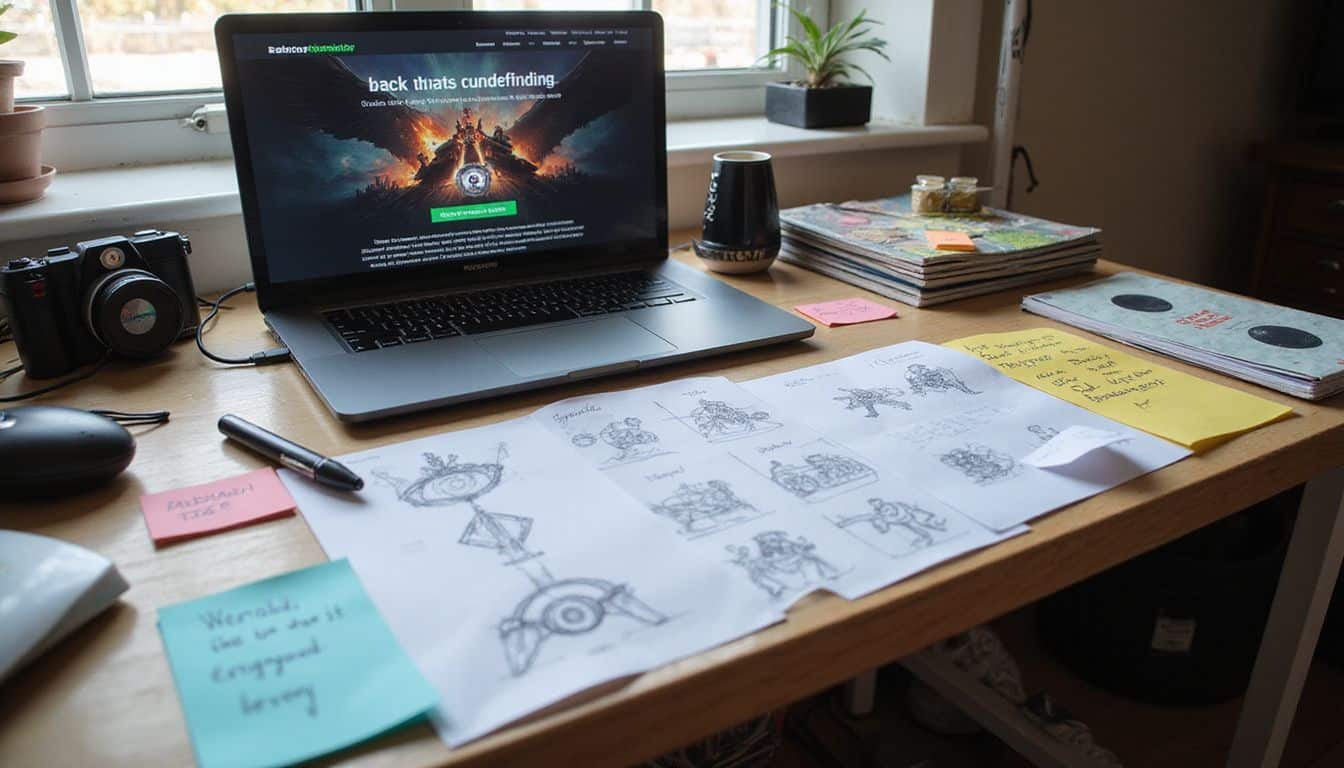 Kickstarter and Indiegogo are popular crowdfunding platforms indie developers use to showcase game demos and raise cash directly from fans. These sites allow you to present your game idea, offer incentives to supporters, and create a community excited about your project.
Kickstarter and Indiegogo are popular crowdfunding platforms indie developers use to showcase game demos and raise cash directly from fans. These sites allow you to present your game idea, offer incentives to supporters, and create a community excited about your project.
Plenty of successful indie games began their journey this way—but running a campaign takes serious effort and resources. You’ll need compelling videos, creative reward designs, and steady interaction with interested supporters.
For developers interested in formal funding paths, equity crowdfunding platforms like Seedrs offer another route. Here, instead of rewards, you sell actual ownership shares of your company to investors.
This method may lead to larger fundraising totals, but it does require giving investors partial ownership of your studio. Success in any crowdfunding approach depends largely on your skill at building excitement and maintaining strong community support even after you’ve become a game developer.
The free-to-play model often fits well for crowdfunded titles—it appeals to a broader audience base.
Grants and Subsidies
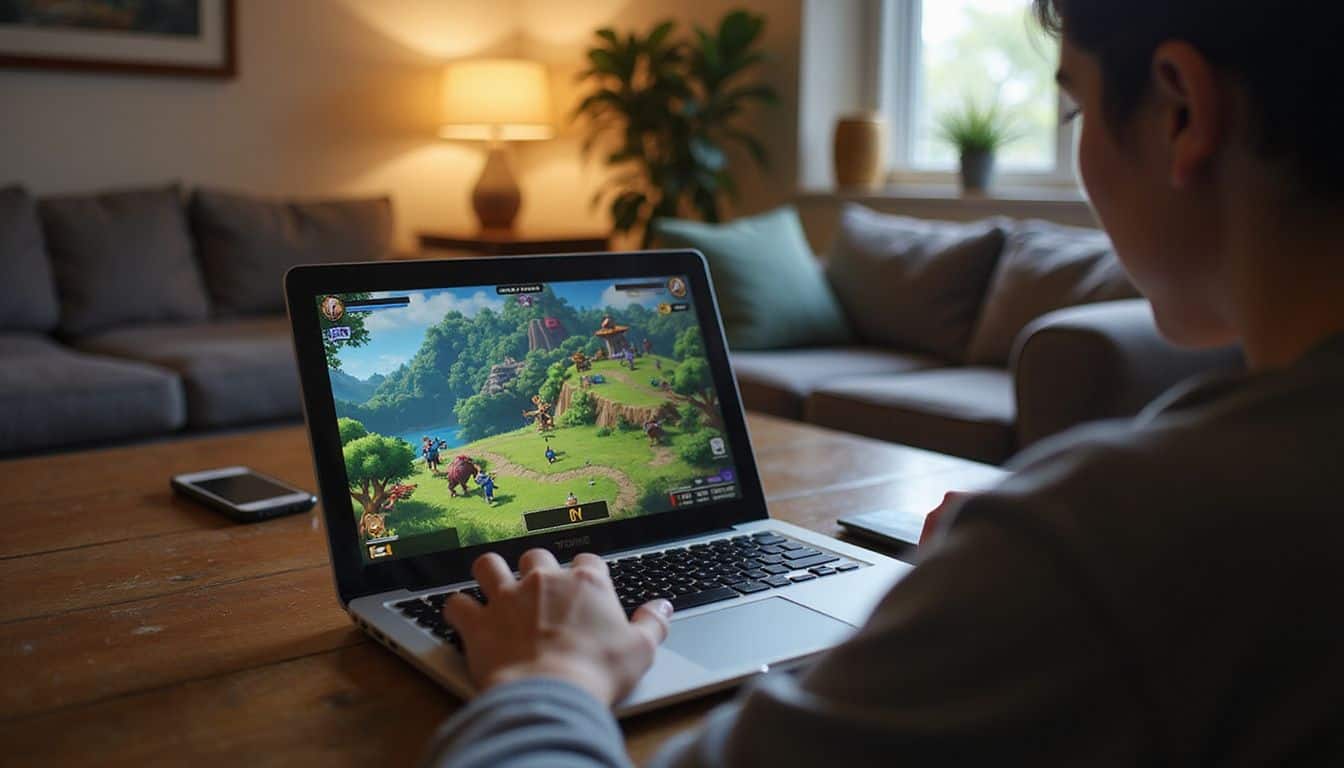
Grants give game developers free funding—money you never have to repay. Some of the best options for indie game makers include the UK Games Fund, Unreal Dev Grants, and Creative Europe.
These groups provide cash support to promising projects without demanding company shares in return. To get started, you need a clear and compelling pitch that highlights your game’s vision and potential market appeal.
Most grant providers favor games that explore creative innovation or have clear educational value.
Every program has its own rules, so make sure you understand the specifics before applying. Usually, you’ll need a carefully planned game concept, and often, a playable demo to show your idea in action.
Government-funded grants generally target projects that boost employment or benefit culture. Non-profits and NGOs often fund titles that tackle social challenges or humanitarian needs.
The application process asks for careful work and close attention to small details—but the benefits are worth it. Grants let you maintain complete control over your game’s intellectual property, while cutting down on financial risks.
Publishing Deals

Publishing deals give game creators a strong path to funding their projects. Big publishers typically provide upfront cash, allowing you to spend your energy on creating a fantastic game, rather than stressing over finances.
These partners bring solid marketing reach and broad distribution channels, areas smaller indie developers often struggle with. Your game gains extra exposure through their industry ties—which can easily translate into stronger sales.
The best publishing deals give developers both resources and creative freedom.
Savvy developers aim for deals that safeguard their creative decisions and ownership of their projects. Always carefully read the small details in the contract before signing anything.
Plenty of indie studios have sadly lost rights to their games by jumping too quickly into bad agreements. The best situation involves getting cash upfront—without compromising your game’s direction or concept.
Publishers such as Devolver Digital and Annapurna Interactive have earned a good reputation for backing original games and honoring creators’ rights along the way.
Investors and Venture Capital

Investors can be a great way to fund your game project, without piling on debt. Angel investors offer early funding in exchange for equity, while still giving you control over your vision.
They usually want fresh, original games with strong profit potential. Investment groups—like Kowloon Nights, Play Ventures, and Bitkraft—can pour substantial money into helping your game developers make ambitious ideas a reality.
Yes, these venture funds take part ownership, but they also bring industry contacts and experienced guidance along with their cash.
Tax advantages can sweeten the deal for investors considering game funding. Schemes like SEIS and EIS mean investors have protections, lowering their risks if projects don’t pan out.
These safeguards can often push private equity firms toward supporting indie game studios and first-time creators. To attract this financing, your pitch needs a clear business model and thorough audience research.
Smart developers know venture capital fits better with projects aiming for big growth, rather than smaller casual games.
Step-by-Step Guide to Securing Funding

Getting money for your game takes a clear plan and smart moves. Our step-by-step guide shows you how to grab funders’ attention and open their wallets.
Define Your Game Concept and Goals
A clear and exciting game concept is key to securing the funding you need. First, create a solid Game Design Document (GDD) that lays out your vision, gameplay style, and target players.
This document acts as your blueprint—it proves to potential investors you’ve really thought things through. Include unique features, the visual style you’ve imagined, and core mechanics that make your game stand out from competitors.
A well-defined game concept isn’t just an idea—it’s a roadmap to your funding success.
Set specific and measurable goals for your indie game development. Plan out a detailed budget, covering costs like employee salaries, game engines, art assets, marketing, and other key expenses.
Divide these costs into clear stages, showing potential backers exactly how their investment is spent along the way. Successful indie projects often attract funding by presenting careful budget breakdowns and achievable sales forecasts.
With a well-defined concept and clear objectives set, you’re ready to create an attractive prototype—that crucial first step in making your idea a playable reality.
Create a Compelling Prototype
Your playable prototype is the best tool for securing game funding. There’s no need for polished visuals or extensive game elements—but it should clearly present your central gameplay and standout features.
Investors want assurance that your core idea truly works before investing money. Make a demo that highlights your game’s strengths and separates it from the crowded indie scene.
Real player testing will give crucial insights into necessary tweaks. Many successful indie developers rapidly adapt their demos, responding directly to player reactions. Quick revisions let you spot issues early, showing publishers or investors you’re in tune with your future audience.
Plus, an effective prototype serves as solid proof—a tangible sign that your team can back up the claims in your pitch deck.
Build a Strong Pitch Deck
Once you’ve built your working prototype, turn your game concept into a compelling pitch deck to impress potential investors. Think of the pitch deck as a business card for your game idea—it’s your chance to make a powerful first impression.
Investors will look for clear information about the game’s genre, storyline, and standout features. Be sure to add market research to prove why gamers will choose your title over similar offerings.
The experience and abilities of your team are also crucial to investors. Clearly outline your team’s previous successes, specific skills, and concrete goals for this project. Always be completely transparent about financial information, including any equity you’re offering in your company.
Craft your pitch as a narrative—describe a specific issue players face, how your game solves it, and why that matters. Indie games often receive better reactions when pitches strike the right balance between facts and emotions.
A polished, well-structured pitch deck can help you secure key publishing opportunities or attract venture capital, turning your exciting game idea into an actual product.
Identify and Approach Funding Sources
You’ve got your pitch deck ready—now, it’s time to secure funding from the right sources. First, create a clear list of possible funding matches for your project. Crowdfunding platforms like Kickstarter can be a great choice if your game has strong community appeal.
Publishing deals can offer money, plus industry connections—but you might sacrifice some control. You can also look into grants from groups like the National Science Foundation or explore local tax credits offered for game developers.
Take some time to carefully research each option before reaching out. Indie games often attract funders who have passion for particular gaming genres. Tailor your pitch carefully to match exactly what each potential funder is looking for.
Some lenders might require collateral, while others provide loans based solely on your team’s previous success. Steam Early Access offers another flexible route to raise funds while you continue developing your game.
Stay actively engaged with the gaming community throughout the funding process—you’ll get helpful feedback and strengthen your chances of success.
Tips for a Successful Funding Campaign

Winning funding takes more than just a good game idea—you need to build trust with backers through open communication and early fan involvement. Learn the secrets that make or break your game’s financial future….
Engage Your Community Early
Creating a fan base before launching a funding campaign is key to success. Game developers who engage with players early often see a 30% boost in campaign success rates. Begin posting your game’s concept art, gameplay clips, or developer journals on social media sites your audience prefers.
Indie studios often set up Discord groups to gather supporters—and those fans then help spread news of upcoming projects through feedback and word-of-mouth.
Early followers soon become your strongest marketing allies. They’ll eagerly share campaign links, suggest valuable improvements, and pledge funds right at launch. Active social media interactions and carefully-crafted email lists bring your game idea directly to interested gamers.
Giving special perks to early backers motivates quick pledges and encourages friends to join in as well. Putting community at the center of your approach builds lasting trust and provides a steady base for your game development path.
Maintain Transparency and Trust
Your success in funding a game depends heavily on building trust through community connections. Backers appreciate clear, frequent project updates that show them your progress. Posting dev logs, screenshots, and quick gameplay videos demonstrates respect for their support.
An honest and open style turns casual followers into strong, loyal advocates—and makes them feel included in your game’s development.
Genuine, upfront communication about success and challenges builds trust even deeper. Don’t hide setbacks: openly share delays or budget changes with your community. Provide specific details on where funds go, giving clear breakdowns.
Also, from day one, set achievable funding targets instead of overpromising. Too many indie game projects collapse because expectations are unrealistic early on. Being open in this way earns respect, strengthens your reputation in gaming circles, and increases your odds of securing extra financing later from banks, NGOs, or private investors.
How Will Game Funding Evolve in 2025?

Game funding will see big shifts in 2025, following a tough financial slowdown in 2023. That year alone, venture capital for games dropped sharply—down by 69% from the year before.
Now, investment patterns are changing. Investors prefer strong teams over quick-hit trends. Indie developers must present practical plans, showing clear paths to profits and realistic growth.
Cash will go to studios with solid strategies, those able to handle ups and downs and create games their audiences genuinely want.
New funding opportunities will also emerge—from specialized grants or non-government organizations. The National Endowment for the Humanities, for instance, might boost backing for games with real educational merit.
Creative indie teams will likely blend funding streams: combining crowdfunding, silent partnerships, or secured loans to lower their risks. Easy funding days have ended—but determined developers with strong prototypes, clear budgets, and careful planning can still attract money to get their projects off the ground.
People Also Ask
What are the best ways to fund my indie video game?
You have several good options to fund your indie game—personal loans, private investors, or grants. Private investors often want a stake in your game’s success, which means giving up some control. Grants from NGOs or institutions like the National Institutes of Health can help too, especially if your game tackles health or social issues. Contests for game developers, offering prize money, are another solid choice.
Can I fund my game using loans?
Yes, you can definitely fund your development through unsecured loans. Be careful not to borrow more than you can comfortably repay—it doesn’t matter if the game sells well or flops, the loan still needs repayment.
Is understanding my target audience essential for getting money?
Knowing exactly who’ll play your game is critical to attracting investment. Investors love evidence showing real people will buy and enjoy your product. Clearly defining your audience helps you plan spending and prove to funders how you’ll make the most of their money.
Can I find funding specifically for games about humanitarian issues?
You certainly can—many NGOs and research organizations offer financial help for games addressing humanitarian and social problems. These groups often fund projects that raise awareness or suggest solutions. PhD candidates creating such games can often find additional specific funding sources too.
What type of insurance do investors expect me to have?
Investors usually expect you to carry insurance that covers liabilities or unforeseen problems. Liability coverage is something most funders want to see before they’ll put money into your game. They might also prefer you have equipment insurance, to protect from loss or damage.
References
https://sdlccorp.com/post/understanding-game-development-cost-budgeting-for-your-next-game-project/
https://www.juegostudio.com/blog/indie-game-development-cost
https://eschaale.medium.com/indie-game-development-and-how-to-fund-your-game-f044187a372a
https://scholarworks.waldenu.edu/cgi/viewcontent.cgi?article=18633&context=dissertations
https://www.comintedlabs.io/news/how-to-find-funding-for-a-video-game (2024-05-15)
https://www.gamedeveloper.com/business/4-steps-for-crowd-funding-your-indie-game
https://www.perforce.com/blog/vcs/game-development-funding
https://solsten.io/blog/what-will-game-funding-look-like-in-2024
https://prelaunch.com/blog/how-to-make-a-prototype (2023-12-18)
https://www.ewor.com/blog/how-to-build-a-strong-pitch-deck-a-step-by-step-guide-with-examples
https://beamable.com/blog/how-to-get-funding-for-your-game-development-project%E2%80%AF
https://www.fulfillrite.com/blog/52-tips-to-make-your-kickstarter-campaign-more-successful/
https://xsolla.com/blog/how-to-successfully-crowdfund-your-video-game
https://thecreativeblok.com/game-development-grants-to-boost-your-project-in-2025/
https://naavik.co/podcast/the-state-of-video-game-financing-in-2025/
